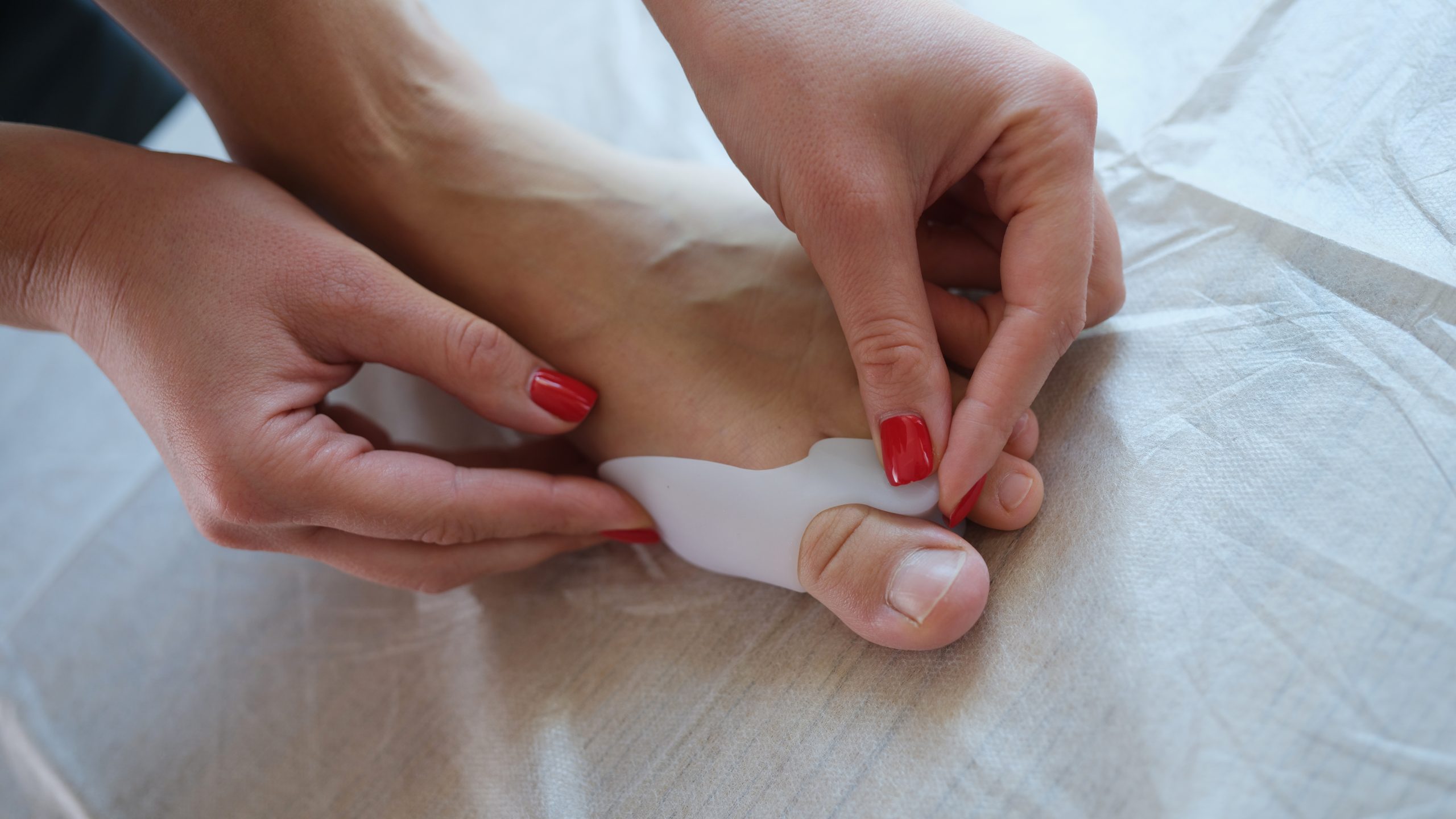
Symptoms:
Bony Protrusion on the Side of the Foot – Causes, Diagnosis, and Treatment
Book Appointment



A bony protrusion on the side of the foot can arise from several causes, the most common being a bunion. Bunions are progressive deformities affecting the joint at the base of the big toe, causing it to angle inward and the big toe to drift toward the other toes. This pushes the metatarsal bone outward, creating the prominent bump. Another possible cause is a tailor’s bunion, which affects the outside of the foot at the base of the little toe. Similar to a bunion, it involves a bony prominence and widening of the foot. Less common causes include bone spurs, which are bony growths that can develop anywhere on the foot, and fractures that didn’t heal correctly, leading to a bony bump.
Several potential causes exist for a bony protrusion on the side of the foot:
Diagnosing the cause of a bony protrusion typically involves:
Treatment for a bony protrusion depends on the underlying cause and severity:
It’s essential to consult a doctor to determine the cause of the bony protrusion and receive appropriate treatment.
Please complete the details and we will book you shortly.